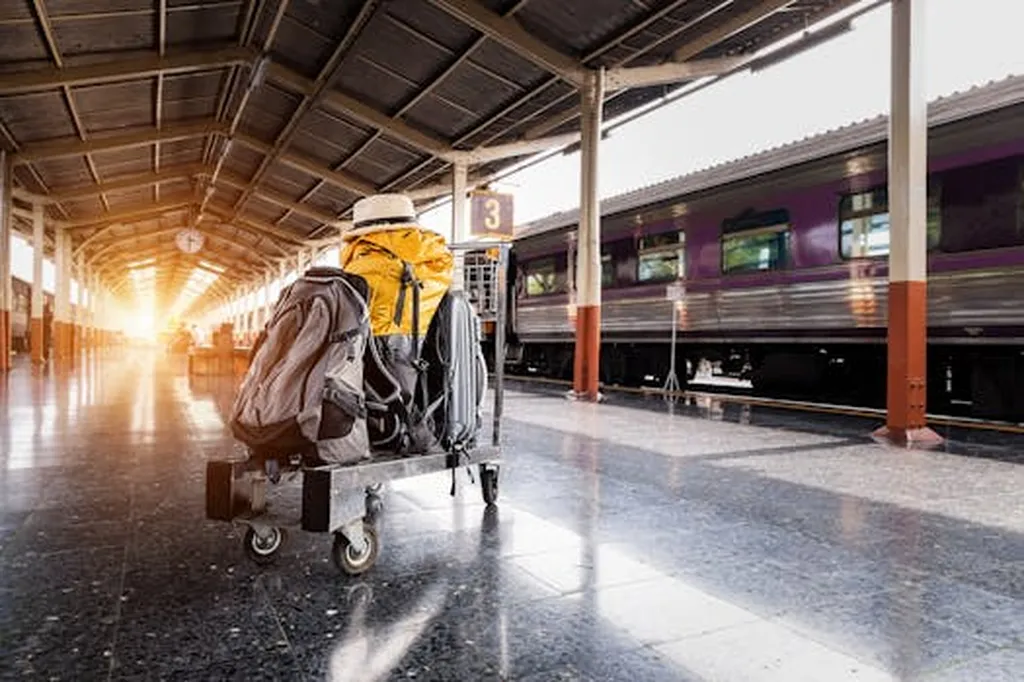In the realm of railway safety, a groundbreaking approach to obstacle detection is emerging, promising to revolutionize how trains perceive their environments. Researchers, led by YAO Weiwei, have published a study in the journal *Kongzhi Yu Xinxi Jishu* (translated as *Control and Information Technology*), introducing a novel method that leverages neural architecture search to optimize railway obstacle detection models. This innovation could significantly enhance the safety and efficiency of train operations, with far-reaching implications for the energy sector and beyond.
Traditionally, the development of neural network models for obstacle detection has been a painstaking process, relying heavily on human expertise and trial-and-error. “This approach is not only time-consuming but also fails to guarantee optimal performance,” explains YAO Weiwei. To address this challenge, the research team proposed a method that constructs a comprehensive space of potential model architectures and then narrows down the search based on real-world computational workloads. This ensures that the selected models are both accurate and operationally efficient.
One of the standout features of this method is the use of a zero-cost neural architecture search algorithm. This algorithm allows for the quick prediction of various architectures’ practical performance without the need for actual training, which can be tedious and time-consuming. “By comparing expected performance scores across different models, we can select the optimal option as the ultimate solution,” YAO Weiwei adds.
The results of this research are impressive. The optimized models achieved an average accuracy of 0.711 and an average inference time of 6.12 milliseconds per frame, significantly outperforming baseline models with equivalent computational loads. These advancements could lead to more reliable and efficient obstacle detection systems, reducing the risk of accidents and improving overall train safety.
The implications of this research extend beyond the railway industry. In the energy sector, for instance, similar neural network models could be employed to monitor and maintain critical infrastructure, such as power lines and pipelines. Enhanced obstacle detection could prevent costly and dangerous incidents, ensuring the smooth and safe operation of energy systems.
As the world continues to embrace smart technologies, the need for efficient and accurate detection systems will only grow. This research by YAO Weiwei and their team represents a significant step forward in this field, offering a glimpse into a future where trains and other critical systems operate with unprecedented safety and efficiency. The publication of this work in *Kongzhi Yu Xinxi Jishu* underscores its importance and relevance to the broader scientific and engineering communities.
In the coming years, we can expect to see further developments in neural architecture search and its applications in various industries. As YAO Weiwei’s research demonstrates, the potential for innovation in this field is vast, and the benefits for society are immense. By continuing to push the boundaries of what is possible, researchers like YAO Weiwei are paving the way for a safer, more efficient, and more sustainable future.

